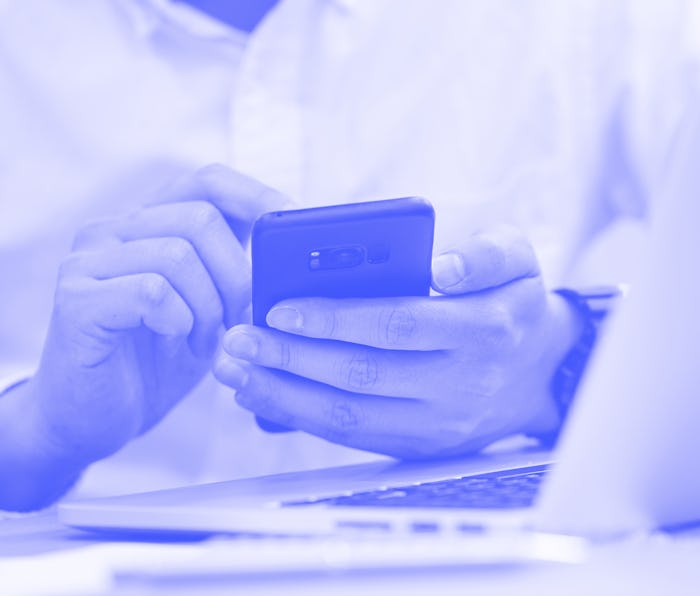Tech
Soon, you'll finally have a chance at getting verified on Twitter
Twitter verification is coming back and it’s more DIY than ever.

On Sunday, app researcher Jane Manchun Wong uncovered indications Twitter is working on bringing back verification submissions. Wong’s reverse engineering found a “request verification” tab in the account settings menu. Twitter confirmed the discovery to TechCrunch and shared that the new process would be much more open than its been to date.
What to expect — In addition to the feature coming back and being more readily accessible in users’ settings, the verification process will soon be more transparent. Upon relaunch, Twitter will publicly share guidelines for qualifications — similar to the way Instagram does — for the first time. Though there were always internal benchmarks, the new feature would mark a major step towards demystifying the process.
Product lead Kayvon Beykpour also confirmed on Monday that Twitter is working on a more user-friendly, DIY identification process. Beykpour’s tweets were in response to Chris Messina’s suggestion for Twitter to start using official documents to confirm users’ identities.
Verification has been a mystery — Since Twitter paused verification requests in 2017, it’s casually verified users here and there. Some users with tens of thousands of followers who are hugely active and influential on the platform have struggled to get verified, while others with low follower counts and intermittent use of the service have been. Not surprisingly, that's caused a lot of frustration among users.
One of the advantages of having a verified account is that it enables more granular controls. For instance, verified accounts can limit their replies or DMs to other verified accounts, which can be extremely helpful for boosting the signal to noise ratio, or keeping trolls at bay.
Twitter's been quietly adding new features since it stopped accepting verification requests. Most recently it added the ability to schedule tweets, and it's also busy rolling out the option to limit retweets, though there's still no sign of the most-requested user feature: The ability to edit tweets.
New pressures to verify — From 2018 to the coronavirus pandemic, the platform has increasingly scrambled to verify politicians and health officials. The results are generally underwhelming in scope and accuracy. If ID-based verification becomes de rigueur for Twitter, this could point to a shift in what a blue checkmark means. Rather than any sort of elite “noteworthy” status, it could simply signify authenticity. And in an age where bots try to shut down conversations, and with a U.S. election looming, that alone could make Twitter both more pleasant to use, and more difficult for nefarious players to derail.